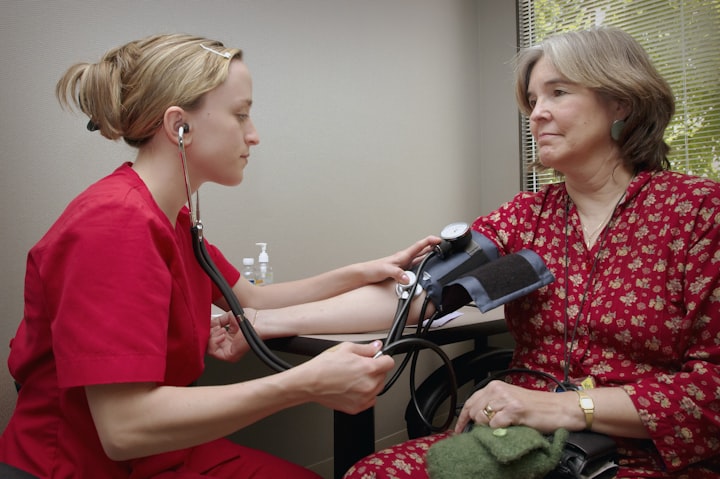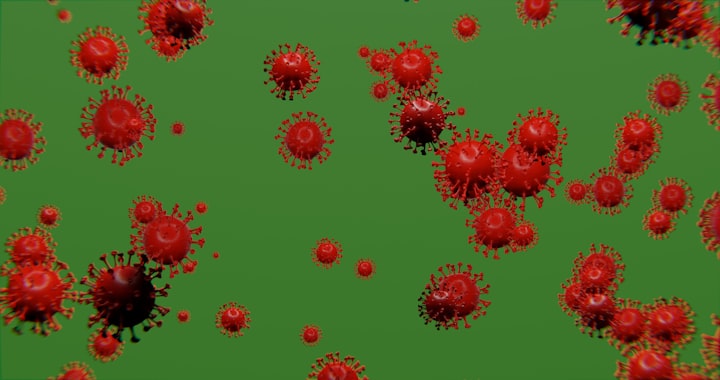Peripheral Arterial Disease: Symptoms, Causes, and Treatment
Understanding the Impact of Peripheral Arterial Disease on Cardiovascular Health
Peripheral arterial disease (PAD) is a serious medical condition that poses a significant risk for heart attacks and strokes. It is more prevalent among African-Americans compared to other racial or ethnic groups. Additionally, men are slightly more susceptible to developing PAD than women, and smokers are at a higher risk as well. In this article, we will explore the symptoms, causes, and treatment options for peripheral arterial disease, shedding light on its impact on overall health.
1. Understanding Peripheral Arterial Disease
PAD is a common condition characterized by the narrowing of blood vessels that impairs the normal flow of blood to the arms or legs. This inadequate blood supply to the lower extremities often leads to symptoms such as pain while walking, known as claudication, as well as other related issues.
2. The Role of Atherosclerosis
One of the primary causes of peripheral arterial disease is atherosclerosis, a condition characterized by the accumulation of fatty deposits within the arteries. Over time, these deposits build up, gradually narrowing the arteries and restricting the flow of blood. This arterial blockage is a common consequence of PAD.
3. Recognizing the Symptoms
PAD often goes unnoticed as it may not present noticeable symptoms in its early stages. However, certain signs may indicate its presence. These symptoms include hair loss on the feet and legs, pain in the thigh or calf muscles while walking or climbing stairs, numbness in the legs, slow-growing and brittle Some additional signs to watch out for include changes in toenails, challenges in detecting a pulse in the leg, and the potential for erectile dysfunction in men.
4. Risk Factors for PAD
Several factors contribute to the development of peripheral arterial disease. These risk factors include diabetes, smoking, obesity, high blood pressure, advanced age, high cholesterol levels, a family history of heart disease, as well as elevated levels of C-reactive protein or homocysteine. Individuals who already have heart disease are at a one-in-three chance of having concurrent PAD. Smoking, in particular, increases the risk of PAD fourfold when compared to nonsmokers.
| Risk Factors for PAD | Percentage of Global Impact |
|----------------------------------------------|---------------------------------|
| Diabetes | 10% |
| Smoking | 20% |
| Obesity | 15% |
| High blood pressure | 25% |
| Advanced age | 30% |
| High cholesterol levels | 12% |
| Family history of heart disease | 18% |
Note: The percentages provided are approximate and may vary based on different studies and regions.
5. Preventive Measures

Fortunately, there are proactive steps one can take to prevent the onset or progression of PAD. The first and most crucial step is to quit smoking, as it is the most significant controllable risk factor for the disease. It is also important to maintain healthy levels of cholesterol and blood pressure. For individuals with diabetes, controlling blood sugar levels is paramount. Adopting a nutritious diet and engaging in regular exercise play pivotal roles in preventing PAD as well.
6. Treatment Options

Treatment for peripheral arterial disease can vary depending on the severity of the condition. One common method is angioplasty, a procedure that involves the insertion of a thin tube with a small balloon into the affected artery. The balloon is then inflated, widening the artery and pushing out plaque, thus restoring blood flow. Medications such as cilostazol and pentoxifylline can help alleviate symptoms and improve circulation. In more severe cases, bypass graft surgery may be necessary to redirect blood flow around a blocked artery.
In conclusion, peripheral arterial disease poses a significant risk to cardiovascular health, particularly in individuals with certain risk factors. Early detection, lifestyle modifications, and adherence to medical treatments are essential for managing the condition effectively. By understanding the symptoms, causes, and available treatment options for PAD, individuals can take proactive steps to maintain their vascular health and reduce the risk of associated complications.
References:
( Newsbytes - [https://www.newsbytesapp.com/news/lifestyle/what-is-peripheral-arterial-disease/story)
About the Creator
satish Kumar
Content Strategist, YouTuber, Website Developer & SEO Analyst: Dedicated to Constant Skill Growth







Comments
There are no comments for this story
Be the first to respond and start the conversation.